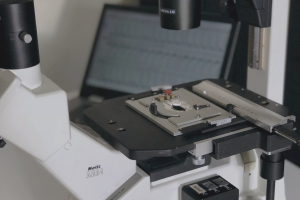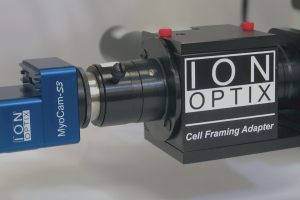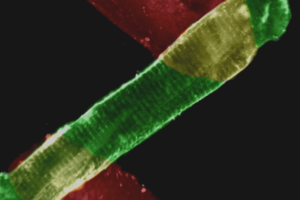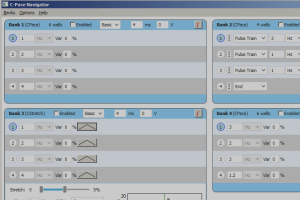Mills GD, Kubo H, Harris DM, Berretta RM, Piacentino V 3rd, Houser SR
Abstract:
Physiological hemodynamic stress, such as aerobic exercise, is intermittent and requires an increase in Ca2+-dependent contractility through sympathetic nervous system activation. Pathological hemodynamic stress, such as hypertension, is persistent and requires sustained increases in cardiac function. Over time, this causes left ventricular hypertrophy (LVH)-reduced responsiveness to sympathetic stimulation. In this study, we examined the hypothesis that blunted in vivo adrenergic contractile responsiveness in pressure overload (PO)-induced cardiac hypertrophy is caused by abnormalities in the abundance and/or basal phosphorylation state of Ca2+ regulatory proteins. PO, induced by aortic constriction, caused concentric LVH or dilated LVH. Only animals with dilation exhibited a decrease in baseline left ventricle function [fractional area change (FAC); measured with echocardiography]. All PO animals had a reduced contractile response to adrenergic agonists (increase in FAC with 40 µg·kg–1·min–1 dobutamine, control 0.30 ± 0.04, n = 5 vs. banded 0.10 ± 0.03, n = 10; P < 0.01). PO animals had reduced phospholamban (PLB) protein abundance (P = 0.07, not significant) and increased PLB phosphorylation at the calmodulin-dependent kinase II (CaMKII)-specific site (PLB-Thr17, P < 0.05) but not at the protein kinase A-specific site (PLB-Ser16). PLB-Thr17 phosphorylation was inversely correlated with dobutamine-induced increases in contractility in PO animals (r2 = 0.81, P < 0.05). Continuous induction of Ca2+ transients in isolated ventricular myocytes for 24 h increased phosphorylation at PLB-Thr17 and diminished inotropic responsiveness and PLB-Ser16 phosphorylation after exposure to isoproterenol (P < 0.05). These data show that reduced adrenergic responsiveness in feline PO hypertrophy and failure involves increases in basal PLB-Thr17 phosphorylation, suggesting that activation of CaMKII in PO hypertrophy contributes to defective adrenergic reserve in compensated LVH and early heart failure.






